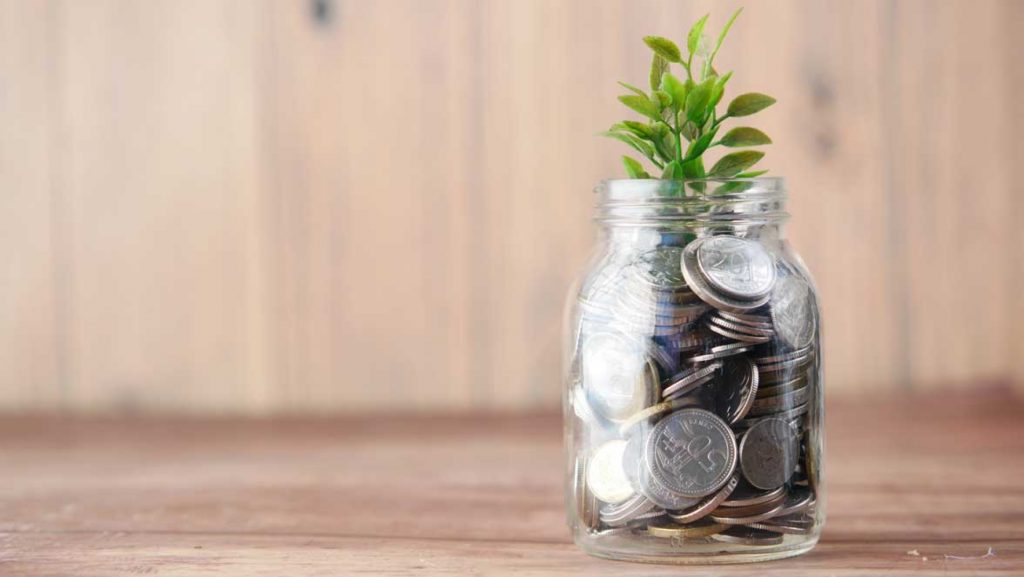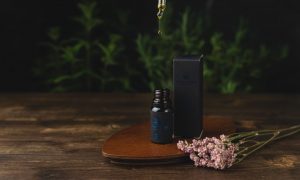Eco-friendly products have been under the skeptical lenses of the market for many years now. Despite their significance in supporting sustainability and reducing waste, it can’t be helped for detractors to spread false news about them.
Surprisingly, even green advocates show reluctance over new brands and off-shoots, which is very understandable as a few commercial companies faked their social activism in the name of profit.
As such, myths hounding different eco-friendly products are expected. We’re here to debunk these ten common misconceptions proliferating in social media and your neighborhood.
Myth 1. Eco-Friendly Products Are Less Effective
Without enough data, many faultfinders claim eco-friendly products are less effective than standard items. This assertion is nowhere near any facts established.
Many green products, from cleaning agents to personal care items, are formulated with natural, potent ingredients at par with the efficiency of their traditional alternatives. The key lies in their composition – these products leverage the inherent properties of natural substances, which are often equally or more effective.
Myth 2. They Are More Expensive

Source: cubecreative.design
Hearing it from environment-conscious artisans and other makers, it’s understandable if the consumer market has a lasting impression that they need to pay an extra buck to switch to green options.
This generalization from owners is a careless statement or a clever tactic to justify a heftier price tag. However, it deters many consumers always looking for an economical solution.
While it’s true that some eco-friendly products have higher price tags, saying that they are more expensive is a hasty inference. Despite sustainable manufacturing practices and the need for quality ingredients, the cost of eco-friendly products is gradually decreasing due to the increased demand and streamlined production processes.
Also, the durability of green products leads to long-term savings, which means they are technically more practical than the usual products you add to your cart.
Myth 3. Eco-Friendly Means Completely Biodegradable
Eco-friendly doesn’t always translate to being completely biodegradable. The semantics may be confusing, but “environment-friendly” or “eco-friendly” are words that are too broad to make such an assumption.
Biodegradability is a single aspect. It is a feature that may or may not be present in green products. Without it, an item can still be considered green if its usage and production have reduced environmental impact. These factors include carbon footprints, sustainable sourcing, and generated waste.
Myth 4. Lack of Variety and Accessibility
This myth would have been a fact if someone said this 10 or 15 years ago. Those times, eco-friendly products don’t make it in your local grocery store.
Gone are the days when eco-friendly products were hard to find and offered limited choices. Today, green products are everywhere. They exist in every industry, and the diversity caters to a wide range of demographics. Now, sustainable living is within arm’s reach.
Myth 5. Eco-Friendly Products Don’t Look Good

Source: consumerenergyalliance.org
This may be true for people who have hibernated in the past 20 years. But if you’ve seen how times have changed for eco-friendly products, your perception would go from icky to fancy.
Today’s green products are more visually pleasing. Modern green products, however, are designed with both form and function in mind. Green furniture often boasts sleek designs and comes in various appearances that match different types of aesthetics, disproving the notion that eco-friendly means compromising on appearance.
Myth 6. Natural Ingredients Are Always Safe
Many eco-friendly products use natural ingredients, which are all thought to be safe. However, natural ingredients are also like synthetic components that can cause poisoning, allergies, or reactions.
Think of mushrooms. They are natural ingredients for many recipes. However, different types of it are deadly if eaten. The key is to understand the ingredients and choose products that are proven safe and suitable for your needs.
Myth 7. Eco-Friendly Products Don’t Last Long
We say it’s myths like this that don’t last long. Eco-friendly products are increasingly becoming popular for their durability. In no time, such impressions would be gone as the market becomes more educated on different sustainable sourcing and processes that lead to products that offer greater longevity than traditional items.
All these contribute to reduced waste, but not totally zero. This leads us to our next myth.
Myth 8. Eco-Friendly Means Zero Waste

Source: evreka.co
While the ultimate goal of many eco-friendly products is to minimize waste, achieving absolute zero waste is nearly impossible. You may have heard these from some brands, and we can’t blame you for being skeptical if even those who have lived a sustainable lifestyle raised their eyebrows on these claims.
Thus, it’s safer to say that eco-friendly means reduced waste.
The waste reduction process involves considering the entire product lifecycle, from production to disposal. Eco-friendly products aim to minimize waste in larger percentages, but they’ll need more improvement and innovation until we reach that peak.
Myth 9. It’s Just a Marketing Gimmick
While greenwashing is a real issue, it’s unfair for real green companies to tag every eco-friendly product as a gimmick. There are indeed some brands with false announcements that they are conscious of the environment’s well-being, but there are genuine corporations that practice what they preach.
Many products abide by environmental standards and practices that offer discernible benefits for the planet. It’s best to use the background of each brand to distinguish authenticity from those who are merely riding the hype.
Myth 10. Bamboo Products Are Not Sustainable
“Don’t cut down the trees for tissue paper,” they said.
This demand alone is founded on misinformation, as bamboo is a type of grass. Unlike trees used by conventional brands, bamboo is a shining sample of sustainability as it is a highly renewable source. They require less watering, they grow quickly, and they are biodegradable.
Surprisingly, there are more bamboo toilet paper myths listed by ecohiny.com, but we’re leaving the debunking to the niche experts. But what we can add here is that the plant’s sustainability factor is further enhanced by bamboo cultivation, which can be done in a way that positively contributes to environmental balance. Indeed, bamboo is a genuinely green choice.

Source: lowimpactlove.com
Final Words
Helping the world wrap its heads around the real value of eco-friendly products is more than just knowing the facts. Actively debunking these myths in any way possible will contribute to a healthier planet Earth. As the consumer market becomes more informed about genuine green movements and discerns greenwashing attempts, it will be easier for the rest to transition to a more sustainable living.

























